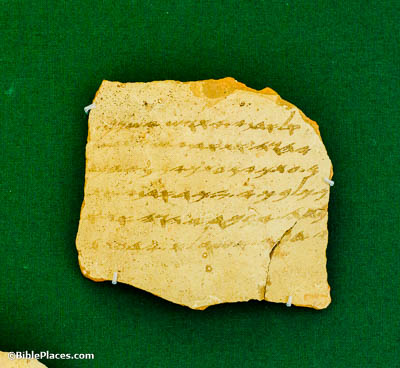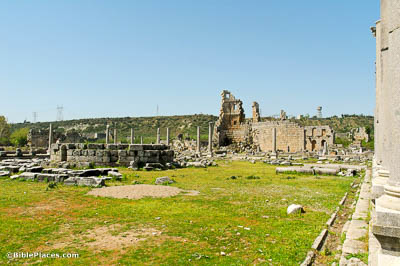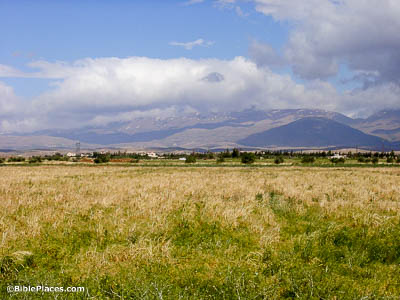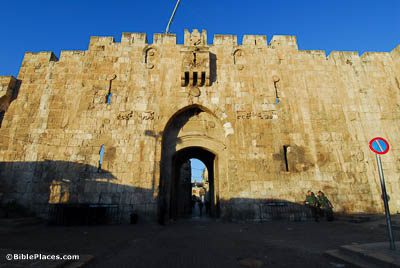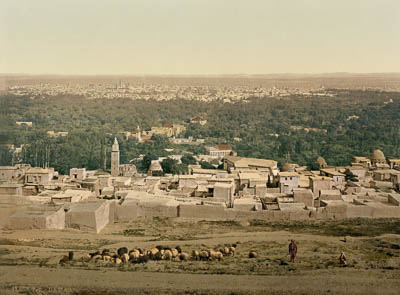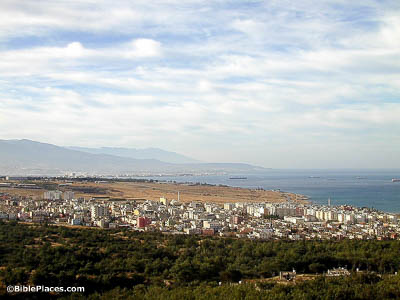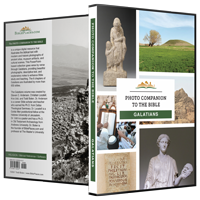Grace to you and peace from God our Father and the Lord Jesus Christ (Galatians 1:3).
“Peace” is a common Semitic greeting, as seen in Luke 10:5 and 24:36, and John 20:19. The Semitic part of Paul’s greeting is very ancient, with examples from the Old Testament and intertestamental period (e.g., Judg 6:23; 19:20; Dan 10:19; Tob 12:17). This letter found at Lachish is addressed to a man named Ya’ush from one of his subordinates. It contains the typical Semitic greeting of “peace” (Heb. shalōm).
